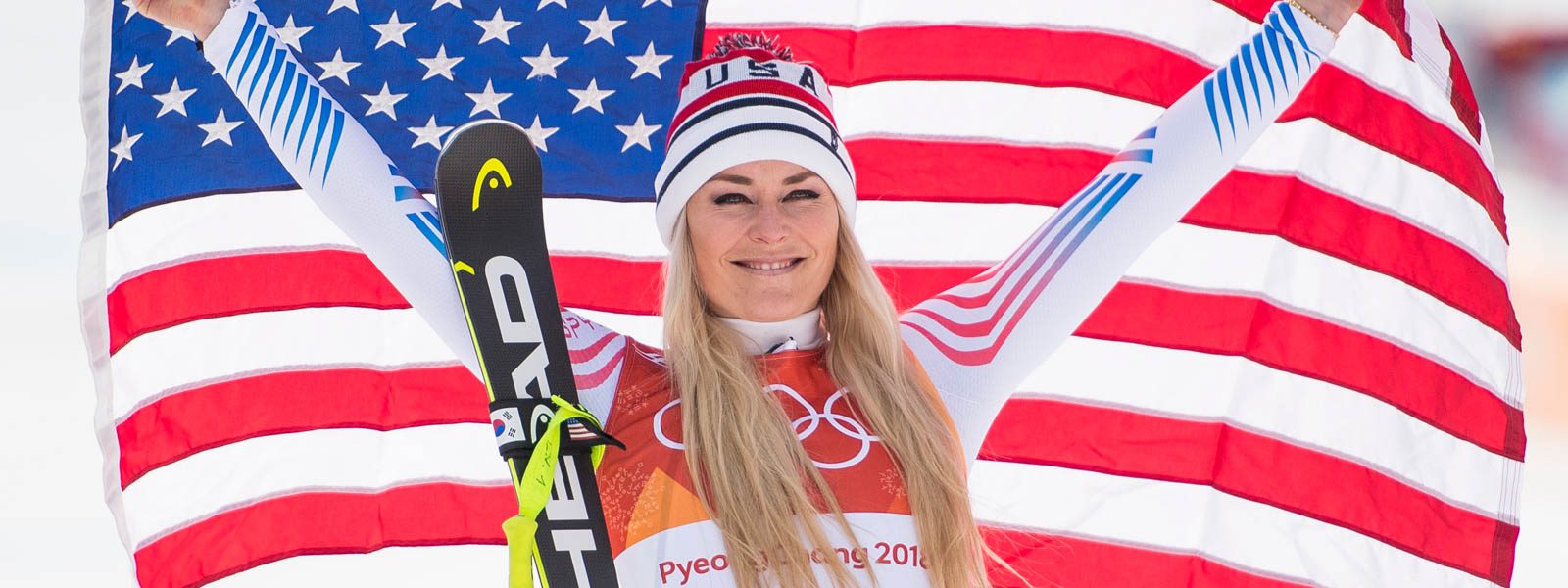New, streamlined World Cup parallel format to debut this week
After a tumultuous 2019-20 season characterized by crapshoot results and public complaints from athletes, the World Cup parallel season returns with men’s and women’s races this Thursday and Friday, after a successful two week postponement to allow snow conditions to improve at Lech/Zürs, Austria.
No more knockout or slalom skis
The parallel event will be streamlined this season after a number of freshly implemented changes. The dual, head-to-head format has taken on an assortment of structures since its World Pro Ski Tour inception in the late 1960s as well as on the World Cup through last season, including the parallel slalom (PSL), parallel giant slalom (PGS), city and team events.
Moving forward, the discipline will simply be known as “parallel.” All races will require giant slalom skis and will be conducted with a run, re-run structure, meaning athletes will always have the opportunity to compete on each of the two courses. Also, as opposed to last season’s format of 32 racers moving from the qualification rounds into the finals, only the top 16 athletes will move on, although anyone finishing in the top 30 will earn World Cup points.
Decision-makers and members of the FIS Alpine Sports Committee believe that these changes will even the playing field as much as possible in the discipline, the various formats which have been met with numerous complaints over the years, particularly last season when it was evident in the one-run knockout format at events in Sestriere and Chamonix that one course was faster than the other.

“The biggest criticism coming from all sides – competitors and spectators – was the unfair KO format,” Waldner said. “Even if we did course setting with a GPS system, one run – blue or red – is always faster. Therefore, we did a harmonization for all events and we are using the basic philosophy of the run-rerun format. In this way, there is no more discussion about fairness. Everyone has to start in a qualification race and then the best 16 racers are qualified for the parallel race.”
The decision to cut the qualifying racers from 32 to 16 was based largely on TV broadcaster requests, as 32 qualifying racers made for a problematically long race to air for TV audiences.
The show will go on
Compared to the traditional alpine disciplines, there has always been an exhibition element to the parallel event and a goal of introducing ski racing to a broader audience, many of whom might not be savvy in the nuances of the sport.
“I think it is important to underline that the parallel event is a mix between sport and show and should not be directly compared with our traditional events – slalom or giant slalom,” Waldner said. “This head-to-head race is easy to understand and to follow also for [someone who is] not a ski insider. It is a compact ski race and exciting to watch. It will for sure not replace any other event, however, it can be seen as an additional product for the young generation. In one hour, you know who the winner is.”

U.S. tech racer Nina O’Brien, who’s best parallel performance was an 11th place at last season’s PGS race in Sestriere, agrees the event offers an extra layer of excitement for spectators (or in this season’s case, screen viewers) as well as an added tactical consideration for racers.
“It brings a different element to racing when you’re going head-to-head with someone,” she said. “Usually you don’t see anyone in your periphery when you’re skiing. That brings out different nerves and a different competitive element. I think it’s a super fun, exciting event.”
The original plan for this season’s World Cup calendar was to include four or five parallel races, but given the COVID-19-related mitigations, the only parallel events remaining (so far) on the schedule are those at Lech/Zürs, team and individual parallel races at the World Championships this February in Cortina d’Ampezzo, and a team parallel at World Cup Finals in Lenzerheide.
“The team and individual parallel events included in the World Championships give [parallel] a high value because of the medals,” Waldner said. “On the World Cup tour, the plan is to include four parallel events in the future calendars and we’ll award the winner with a globe.”





















